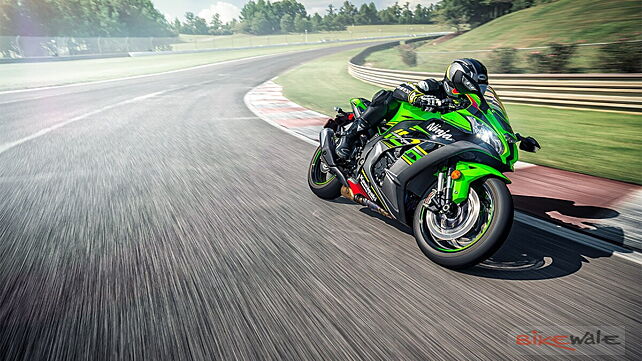
Kawasaki launched the 2020 Kawasaki Ninja ZX-10R in India lately. We bring to you the top five features of the new supersport motorcycle.
Price
The biggest and most interesting highlight of the Kawasaki Ninja ZX-10R is its pricing. While the previous pricing gave the ZX-10R the title of being the most affordable supersport in the country, the 2020 model has taken the pricing game a notch higher, or erm...Lower in this case.
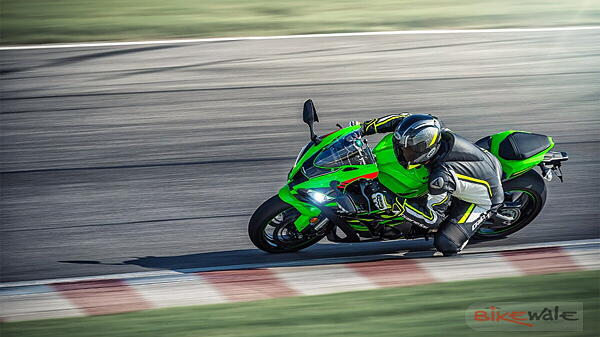
With a price tag of Rs 13.99 lakhs (ex-showroom); the 2020 ZX-10R costs Rs 31,000 lesser than its predecessor. It continues to arrive in India via the CKD (Completely Knocked Down) route.
In comparison, its competitors, the Suzuki GSX-R1000 costs Rs 19.80 lakhs, the Honda CBR1000RR Fireblade retails at Rs 16.43 lakhs and the Yamaha YZF-R1 is priced at Rs 18.16 lakhs.
More Power!
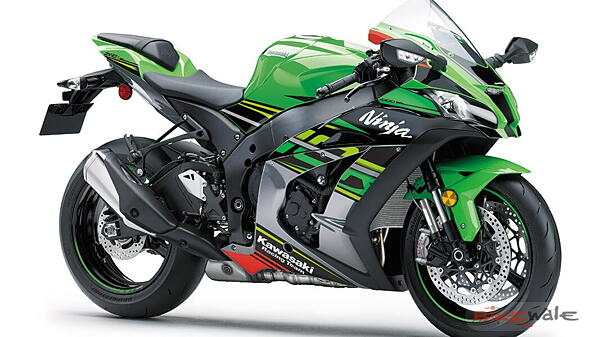
The 2020 Ninja ZX-10R continues to use a 998cc, inline-four cylinder engine similar to the earlier model. However, Kawasaki has managed to squeeze out some more juice from the motor and resultantly increasing its power output from 197.3bhp to 200.2bhp. And with the RAM air intake, the Ninja ZX-10R generates 210bhp.
Furthermore, the six-speed gearbox now comes with a bi-directional quick shifter. The 2020 model also gets a finger-follower valve actuation for more reliability at higher-revs.
Minor cosmetic additions
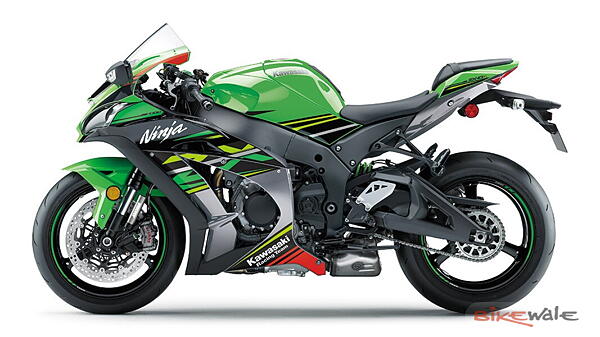
The 2020 Kawasaki Ninja ZX-10R continues to sport the KRT (Kawasaki Racing Team) livery as the previous model. However, it now gets red highlights on the belly pan and near the windscreen.
Loaded with electronic rider aids
Kawasaki hasn’t updated the Ninja ZX-10R’s electronics kitty as the bike is already filled to the brim. It gets traction control system, cornering management system, engine braking control, wheelie control, three riding modes and ABS.
Top-spec braking and suspension

In terms of braking and suspension hardware, the Ninja ZX-10R sports top-of-the-line hardware. It gets 43mm inverted forks from Showa that is fully-adjustable and a monoshock at the rear. As for braking, the Ninja has twin 330mm discs at the front held on by Brembo M50 calipers and a 220mm single disc at the rear.

![Kawasaki Ninja ZX-10R [2019-2020] Image Kawasaki Ninja ZX-10R [2019-2020] Image](https://imgd.aeplcdn.com/272x153/bw/models/kawasaki-ninja-zx-10r.jpg?20191705190117&q=80)
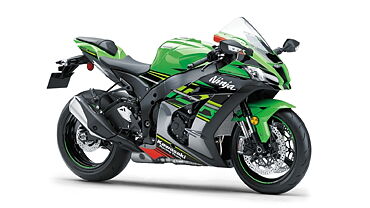
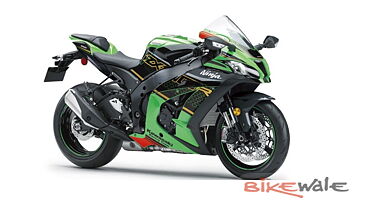
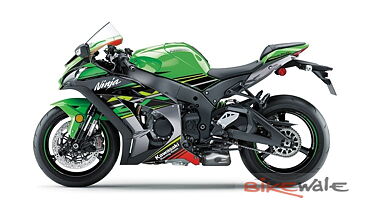


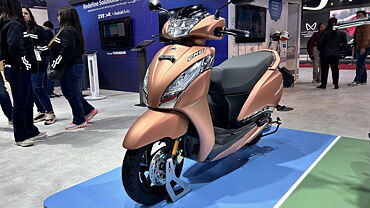
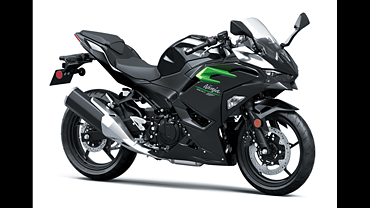
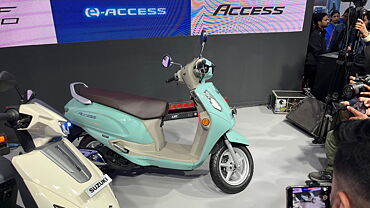
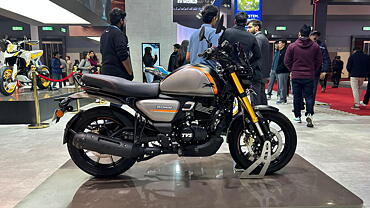


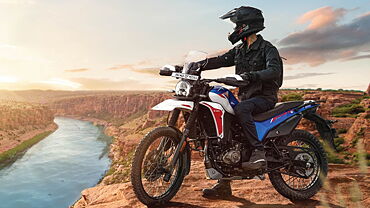
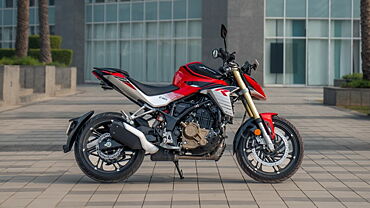

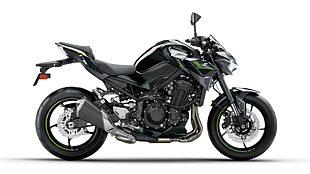
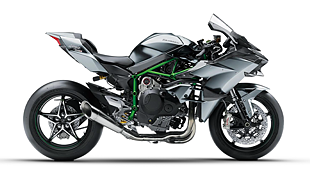






![KTM 390 Adventure X [2025] KTM 390 Adventure X [2025]](https://imgd.aeplcdn.com/272x153/n/cw/ec/190885/390-adventure-x-2025-right-side-view.jpeg?isig=0&q=80)